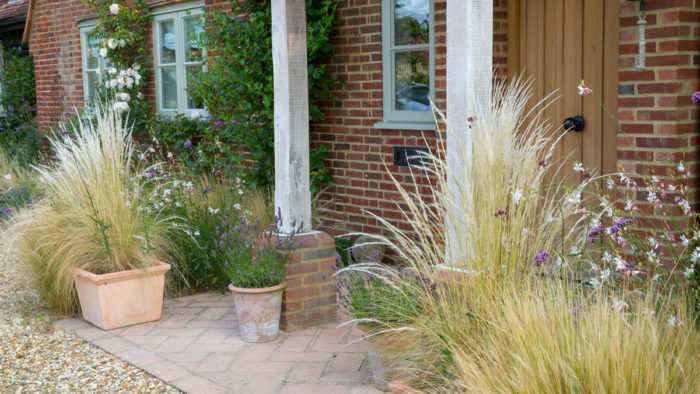
When you think of ornamental grasses, the larger the plant, the larger the show, right? Along those same lines, many of us would agree that the smallest grasses at the front of the garden tend to get a lot of attention because we can get up close to relish their form, texture, and foliage color. When it comes to being the middle child, there is a chance you could be overlooked, but it doesn’t mean you’re not still part of the family. Medium-size grasses have an important role in bringing texture and form to the middle of a bed. They’re also a great way to draw the eye from the front to the top of a border. The following are a few of my favorite options for grasses that stay in the manageable category of 2 to 3 feet tall and wide.
A showier option of a hugely popular perennial
Peruvian feather grass (Stipa ichu)
Zones: 7b–10
Size: 2 to 3 feet tall and 1 foot wide
Conditions: Full sun to partial shade; well-drained soil
Native range: Mexico to Argentina
This is the southern relative of Mexican feather grass, aka pony tail grass (Nassella tenuissima, Zones 7–11). Bonus: It is taller and showier. While it may be relatively new to the garden center, Peruvian feather grass is hard not to notice. If you see it in flower, you will not likely forget it. The lime green foliage is thread thin, reaching 2 feet in length but arching only 1 foot tall. Silver flowers start showing up in summer. How many flowers do you know that are silver? Those showy, 1-foot-long plumes catch the slightest air movement, so these plants are nearly always swaying, adding another layer of interest.
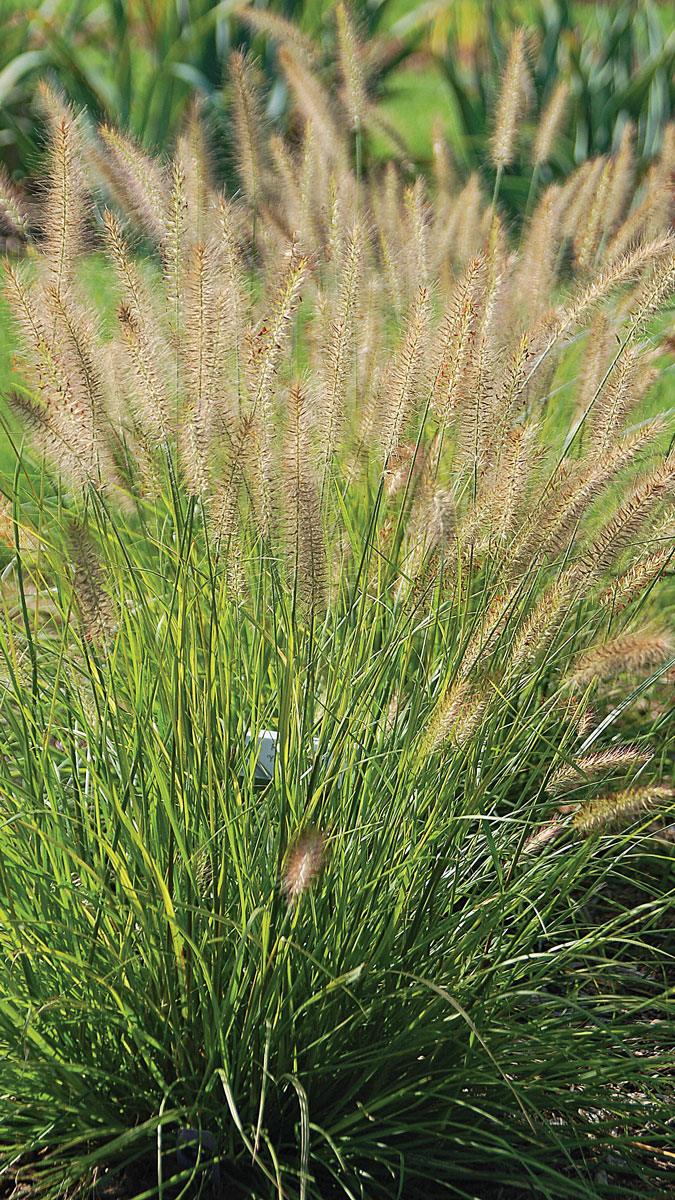

A color improvement to a grass you already know and love
‘Yellow Ribbons’ fountain grass (Pennisetum alopecuroides ‘Yellow Ribbons’)
Zones: 5–9
Size: 2 feet tall and wide
Conditions: Full sun; well-drained soil
Native range: Eastern Asia to Western Australia
‘Hameln’ fountain grass (P. alopecuroides ‘Hameln’, Zones 5–9) has long been a staple of the landscape industry for its uniform and heavy bloom on 24-inch stems. ‘Yellow Ribbons’ is a gold-leaved form that has nearly the same size and vigor. The golden yellow foliage peaks in early summer, along with the 24-inch stems of the same color. As the season progresses, the short but numerous bottlebrush-like flowers show up as the entire plant loses a bit of its golden intensity—but at this point it will still brighten up the garden with chartreuse color.

This nativar offers a size reduction and color enhancement
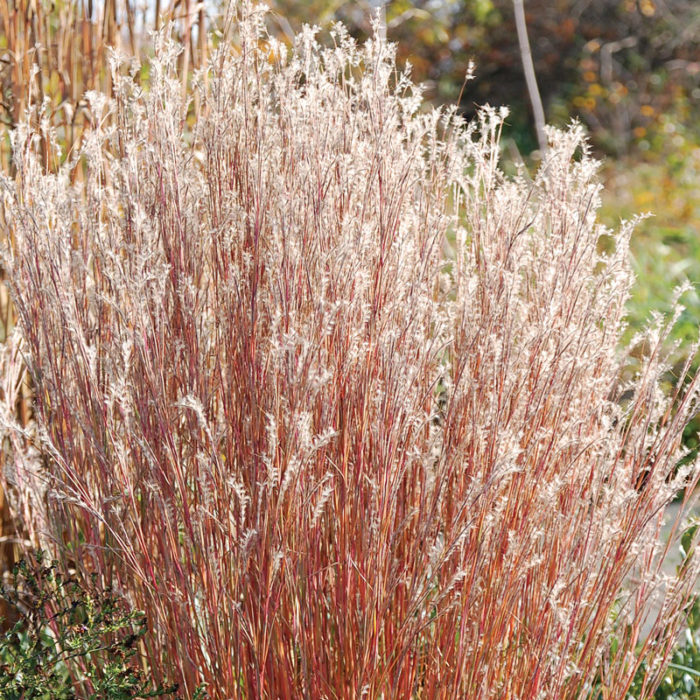
‘Jazz’ little bluestem (Schizachyrium scoparium ‘Jazz’)
Zones: 3–9
Size: 24 to 30 inches tall and 12 to 18 inches wide
Conditions: Full sun; lean, well-drained soil
Native range: North America
The native species little bluestem is a favorite of mine, and one of its great attributes is its adaptability. In fact, it is native in 48 states. Besides this, the plant can have a wide range of foliage color in fall, from silver to gray and green, with highlights of pink, orange, purple, red, and nearly all the shades in between. There are many great cultivars, but when it comes to varieties that are 2 to 3 feet tall, I am partial to ‘Jazz’, a selection I bred in 2010. A naturally occurring sport of ‘The Blues’ (S. scoparium ‘The Blues’, Zones 3–9), ‘Jazz’ has the same great silver-blue foliage but is a foot shorter, which prevents flopping in the garden—even in rich soil situations. The reserved 2-foot-tall plants flower in late summer on nearly 3-foot stems. After cool nights, the stem color transitions to smoky purple, and then after a freeze the color changes again to a reddish hue before eventually turning orange for winter.
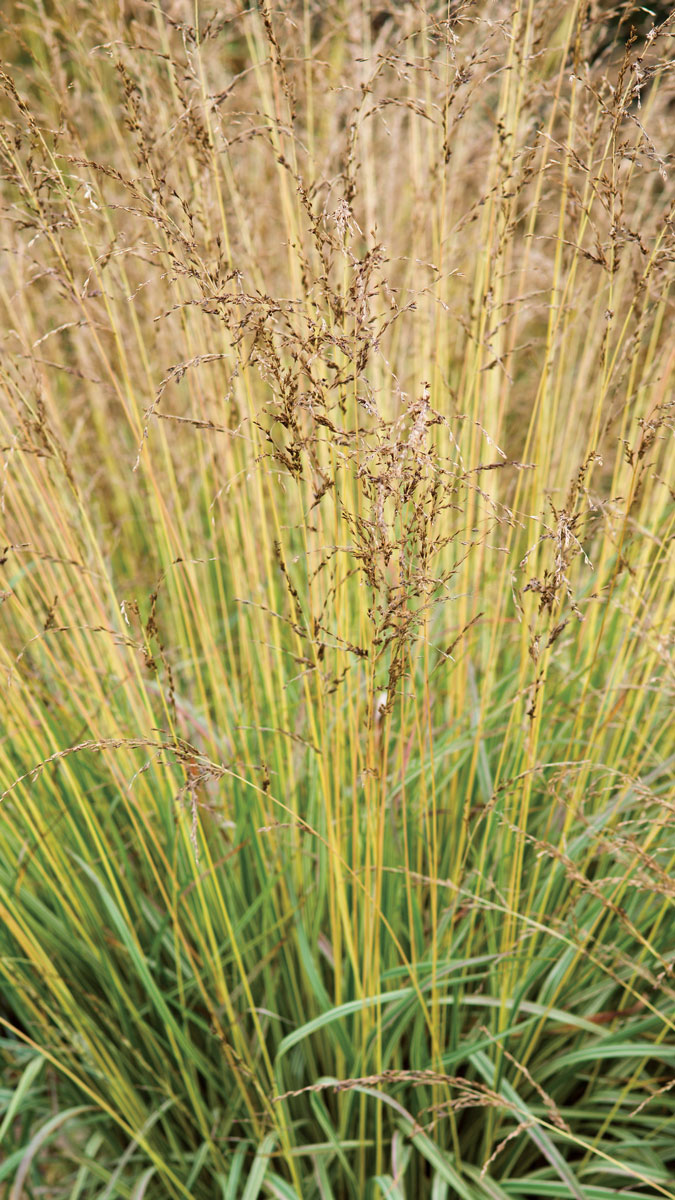
If you’re looking for interesting color all season, look no further
Variegated purple moor grass (Molinia caerulea subsp. caerulea ‘Variegata’)
Zones: 4–9
Size: 12 to 30 inches tall and wide
Conditions: Full sun; moist, well-drained soil
Native range: Europe and Asia
Purple moor grasses seem to be up and coming partly due to the New Perennial movement and Dutch wave of garden design. You’d be hard-pressed to see an example of these types of landscapes that doesn’t use drifts of Molinia. The moor grasses are cool-season grasses, and the creamy yellow variegation of this cultivar makes it one of the most eye-catching. While the leaves are streaked yellow and green, the more exciting part of this plant is the arching yellow stems that mirror the color in the variegated foliage. The inflorescence, however, is the typical purple, so set against the stems and blades, a beautiful synergy occurs. As with all the purple moor grasses, at the end of the season fall color sets in, turning the foliage a fiery orange to golden yellow.
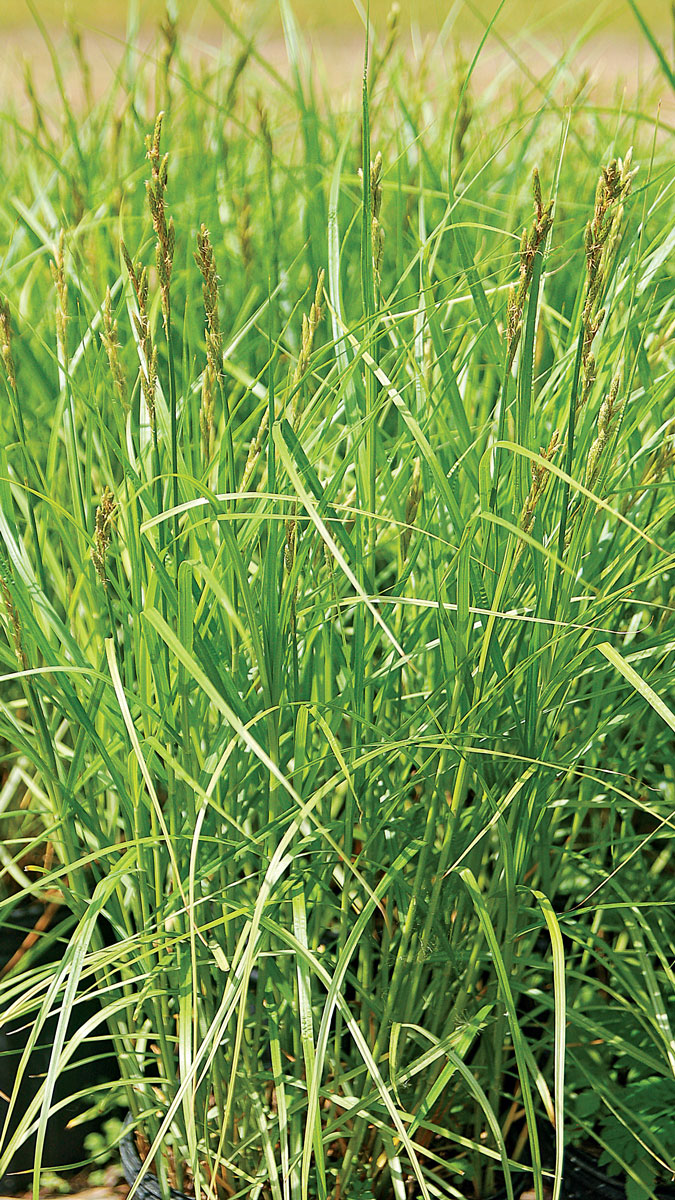
It gets fabulous fall color and takes a wide range of conditions
Palm sedge (Carex muskingumensis)
Zones: 4–9
Size: 2 to 3 feet tall and wide
Conditions: Full sun to partial shade; medium to wet soil
Native range: Central North America
Palm sedge is certainly a shady character—but don’t let that scare you. With ample moisture it will grow quite happily in full sun. Finding a grass that grows equally well in both conditions is rare and enables gardeners to use this plant as a repetitive element across many areas. Its bright green color along with the Y-shaped growth of its leaves give this sedge interesting texture all season long. The common name refers to the shape, since it can resemble a small palm tree. The clumping plants are upright, with foliage commonly 2 feet tall and wide. Initially the midsummer flowers are greenish but quickly turn tan-brown, holding on into winter. Fall color turns the plant yellow, adding another noteworthy trait to its list. If you’re into variegation, try the cultivar ‘Oehme’ (C. muskingumensis
‘Oehme’, Zones 4–9), which has a lime yellow edge and was found by plantsman Tony Avent in Wolfgang Oehme’s garden.

Add extreme motion to the middle with this option
‘Schottland’ tufted hair grass (Deschampsia cespitosa ‘Schottland’)
Zones: 2–8
Size: 2 to 4 feet tall and 18 to 24 inches wide
Conditions: Full sun to partial shade; moist soil
Native range: Includes North America
A cool-season grass that will likely be green before the snow even melts, ‘Schottland’ tufted hair grass is a superior cultivar. It sports deep green, mounded foliage reaching only a foot or so tall and nearly 18 inches wide. The excitement comes in early summer when the stems explode with fine, green, filigreed flowers that quickly move toward a golden yellow that reminds you of a field of wheat blowing in the wind. The flowers are also the perfect weight—not too heavy to fall down when wet and not too thin to put on a show you’d consider “unsubstantial.” Moist soil is ideal, as is some light shade, unless there is regular irrigation.
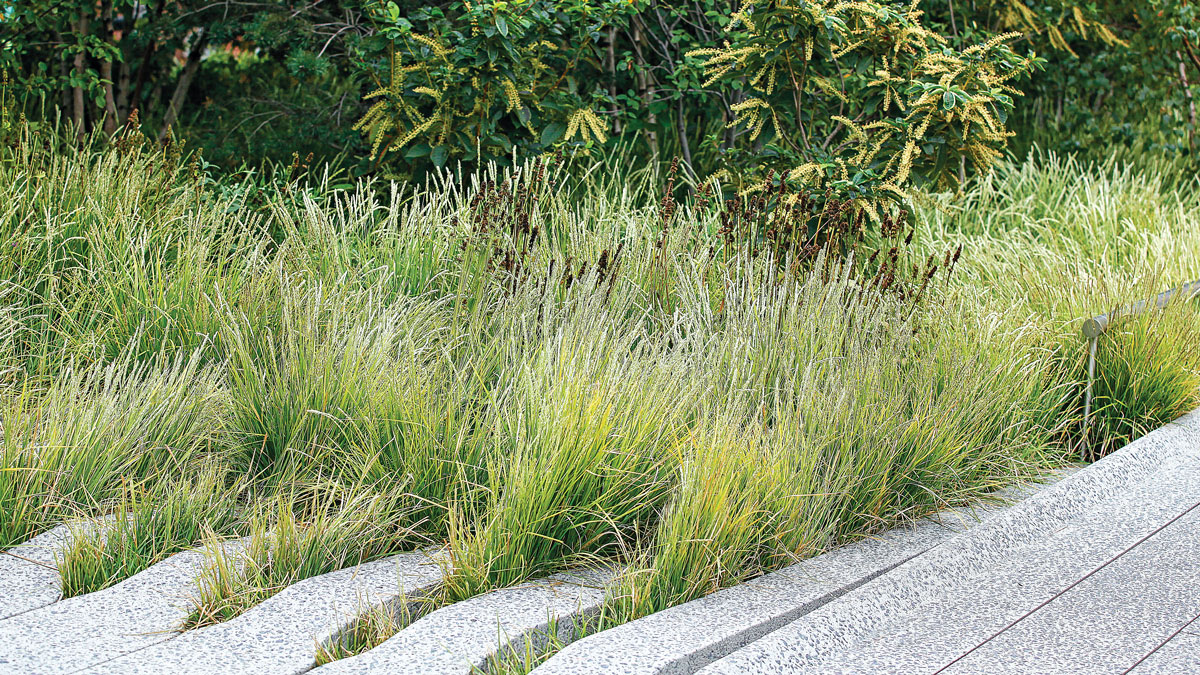
Butterflies adore this colorful grass

Sideoats grama grass (Bouteloua curtipendula)
Zones: 4–9
Size: 18 to 30 inches tall and wide
Conditions: Full sun; dry to average, well-drained soil
Native range: North and South America
This is a warm-season grass that is so adaptable it grows well in its native range in both tallgrass prairie and shortgrass prairie. That’s like being best friends with your older sibling and your younger sibling. The mini, oatlike flowers are held to one side along zigzag stems. When they begin to bloom, you will notice spots of orange, the color of paprika, which is the pollen. The thin, gray-green foliage grows in clumps around 1 foot tall and wide, although when in flower the stems reach 24 to 30 inches in height. When blooming begins, the stems and seed heads can have a wide range of colors, from purple to red to orange. If you’re into butterflies like every other gardener, you’ll be happy that sideoats grama grass is a larval host to several skipper butterflies and moths. In combination, all of these traits make this grass an ideal candidate for use in an existing bed or if you’re looking to establish a low grassy meadow somewhere on your property. It is readily available and easily grown from seed.

Backlighting this grass gives the garden a rosy glow
‘Pink Flamingo’ muhly grass (Muhlenbergia capillaris ‘Pink Flamingo’)
Zones: 6–10
Size: 3 to 4 feet tall and 2 to 3 feet wide
Conditions: Full sun; well-drained soil
Native range: North American hybrid
A hybrid of Muhlenbergia capillaris and M. lindheimeri, ‘Pink Flamingo’ was discovered at Peckerwood Gardens in Texas. It takes the upright habit of the latter species, growing up to 4 feet tall, and adds the light-catching rose pink flowers of the former species. The thin, wirelike, gray-green foliage is mostly evergreen. The tight 2-to-3-foot clumps burst forth with showy flowers beginning in early fall. The inflorescences float above the foliage, adding an extra foot or so of height to the grass. Siting these plants where they can be viewed with sunlight behind the blooms can yield exceptional results. The effect is similar to looking through rose-colored glasses or a pink stained-glass window.
| What’s the difference? |
Cool- and warm-season grasses
Not all ornamental grasses are built the same. Grasses respond and begin to grow based upon air and soil temperature. Some grasses start to emerge early in spring—sometimes as soon as the snow melts—when temperatures are still cool. Others wait until the soil is warm and air temperatures are more stable, leading some gardeners to mistakenly assume they died over the winter. The following is a list of characteristics and care requirements of cool- and warm-season grasses.
Cool-season grasses
- Begin growing in early spring
- May be evergreen to semi-evergreen over winter
- May need supplemental water during drought to avoid dormancy
- Tend to require more-frequent division
- Pruning is done in late fall (deciduous varieties) or early spring (evergreen varieties)
 Fescue (Festuca spp. and cvs.) |
 Blue oat grass (Helictotrichon spp. and cvs.) |
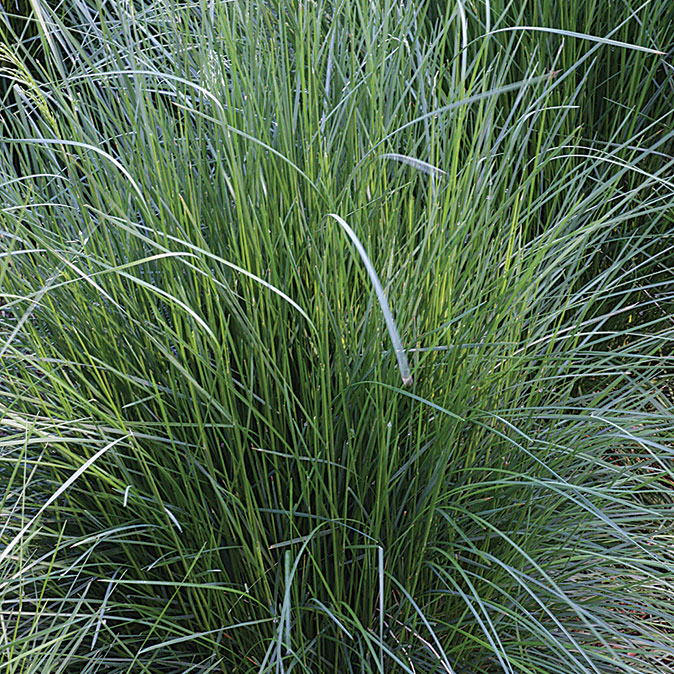 Tufted hair grass (Deschampsia spp. and cvs.) |
 Autumn moor grass (Sesleria autumnalis and cvs.) |
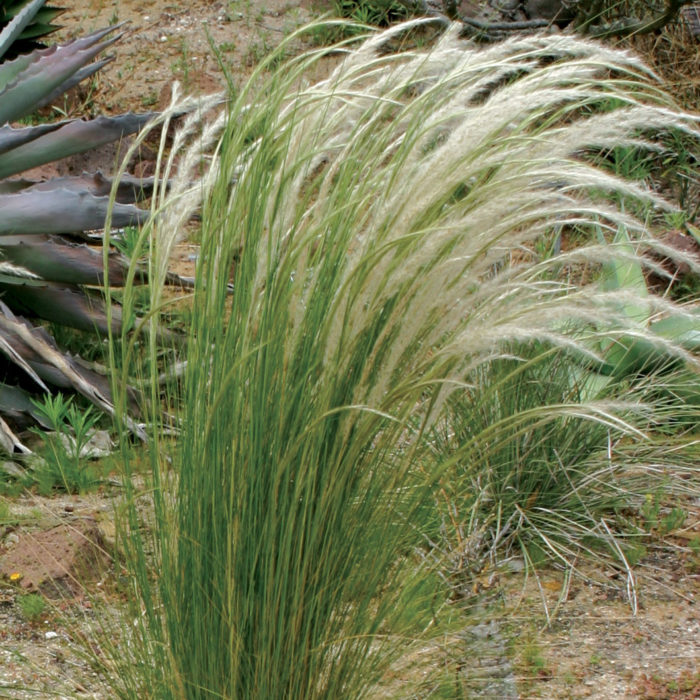 Feather grass (Stipa spp. and cvs.) |
Warm-season grasses
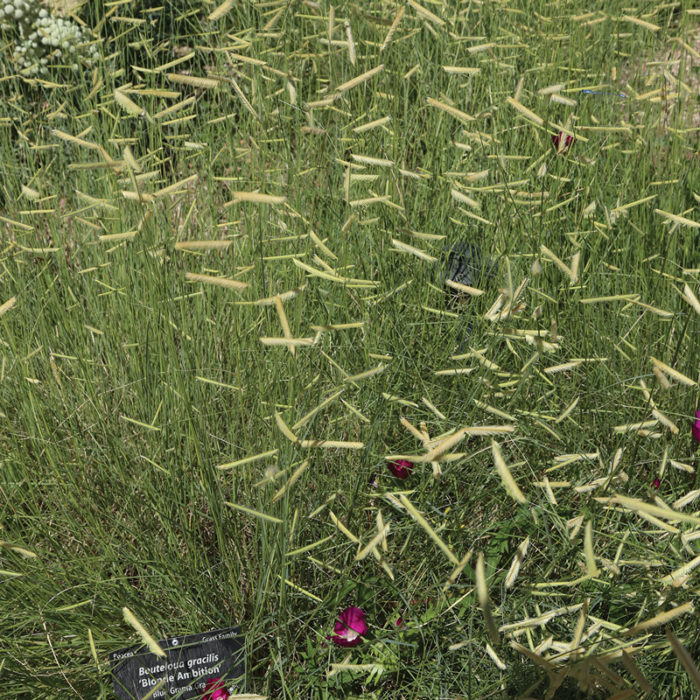 Grama grass (Bouteloua spp. and cvs.) |
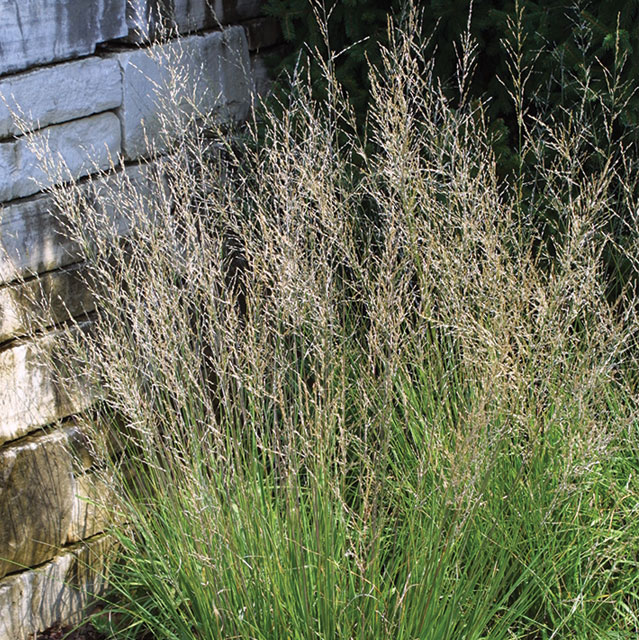 Purple moor grass (Molinia caerulea and cvs.) |
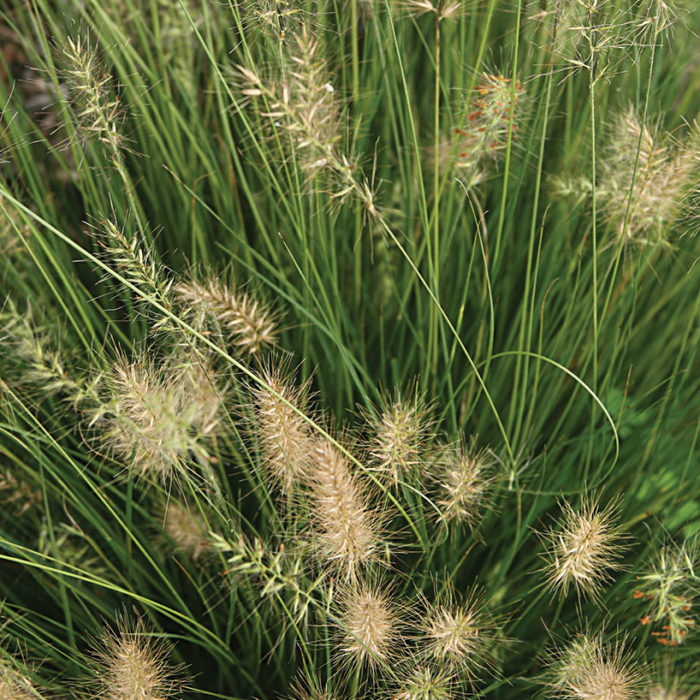 Fountain grass (Pennisetum spp. and cvs.) |
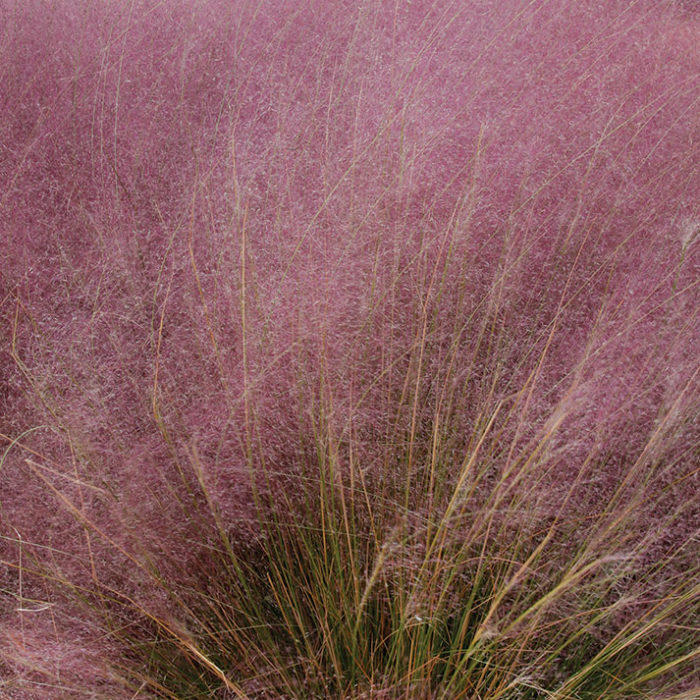 Muhly grass (Muhlenbergia spp. and cvs.) |
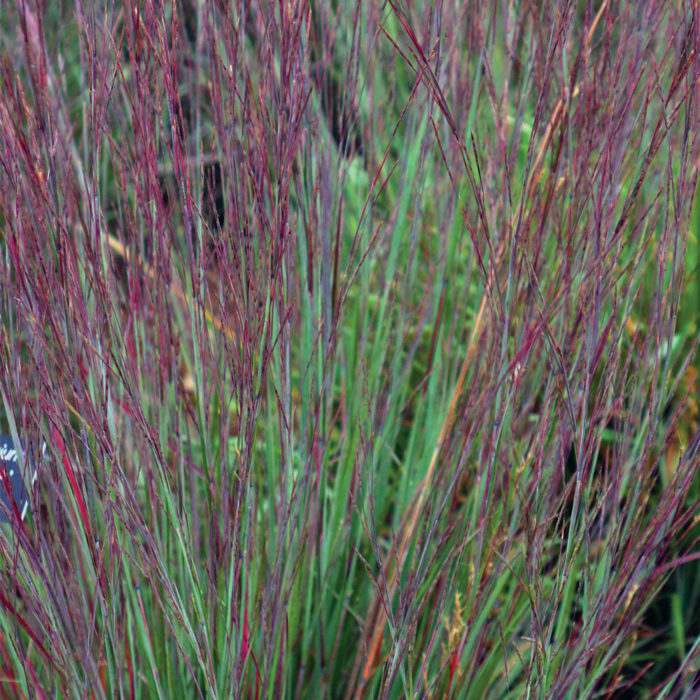 Little bluestem (Schizachyrium spp. and cvs.) |
| Sources |
- Prairie Moon Nursery, Winona, MN; 866-417-8156; prairiemoon.com
- Prairie Nursery, Westfield, WI; 800-476-9453; prairienursery.com
- Digging Dog Nursery, Albion, CA; 707-937-1130; diggingdog.com
- High Country Gardens, Shelburne, VT; 800-925-9387; highcountrygardens.com
—Brent Horvath is the owner of and head plant breeder/developer at Intrinsic Perennial Gardens, a wholesale nursery in Hebron, Illinois.

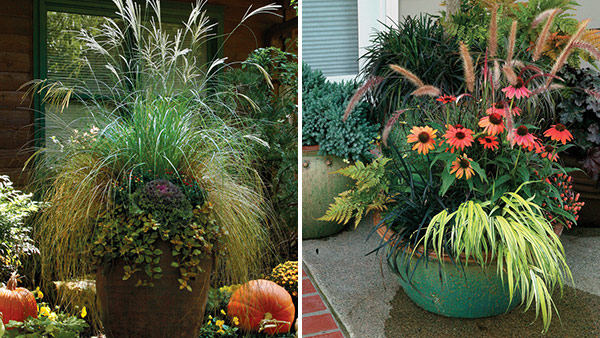
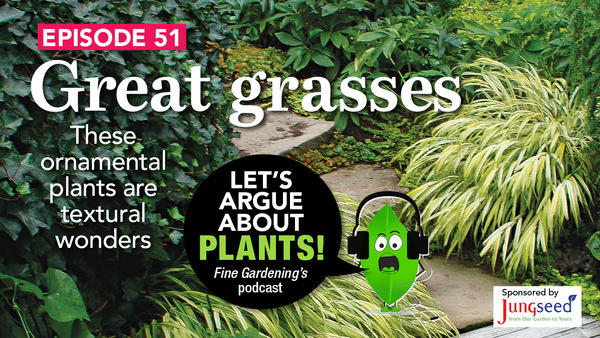
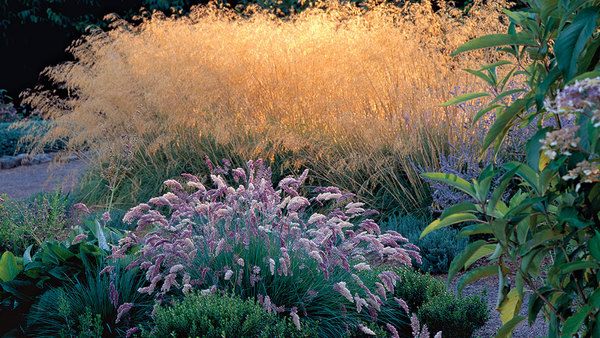
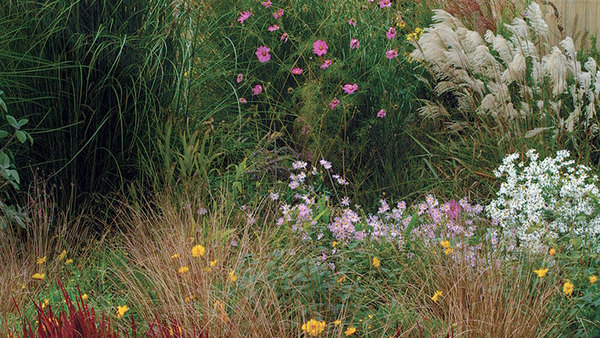












Comments
Log in or create an account to post a comment.
Sign up Log in